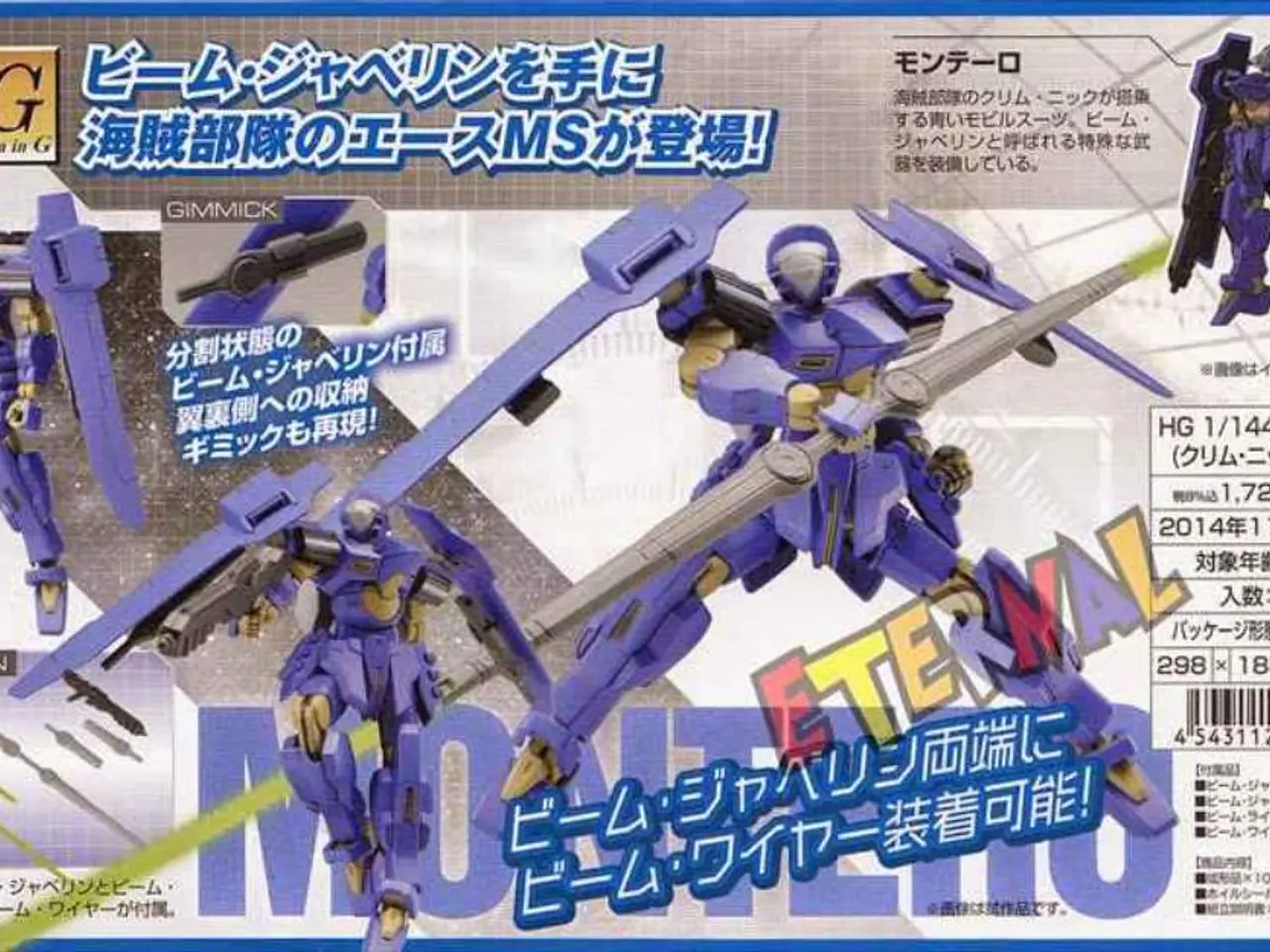Loyal fans continue to praise the iconic Amiga gaming system, once dominated by Commodore.
In the heart of Las Vegas at the Consumer Electronics Show (CES) in January 1984, a spinning, red-and-white checked ball bouncing on a screen caused quite a stir. Little did the audience know that this simple demonstration marked the birth of a technical milestone that would shape a generation of gamers: the Amiga computer.
The Amiga 500, released by Commodore in 1987, became the most successful model in the Amiga computer line and a major gaming icon of the late 1980s and early 1990s. It was developed as a lower-cost version of the original Amiga 1000, designed to split the market into low-end and high-end segments alongside the Amiga 2000. The Amiga 500 gained widespread popularity because it combined advanced graphics and sound capabilities with a relatively affordable price point, making it a favored gaming platform for video game fans during that era.
This was a significant leap compared to 8-bit systems like the Atari VCS 2600 and the Commodore C64. The Amiga 500 featured a 16/32-bit Motorola 68000 CPU and advanced custom chips for graphics and audio, fostering new possibilities for game design and multimedia applications that were previously not feasible on typical 8-bit home computers.
The Amiga 500 catalysed a thriving software and game development scene, contributing to the growth of many classic titles. Some of these include "Menace", "International Karate Plus", "Elite", "Test Drive 2", "Giganoid", "Rock'n'Roll", "Lemmings", "Hostages", "Silkworm", "Kick off", "Turrican II", "Pirates!" and many more.
The Amiga platform also influenced the gaming industry by setting a precedent for integrating high-quality multimedia (graphics and sound) in consumer systems, which helped shift industry focus toward more immersive, audiovisual experiences in games. The introduction of the Amiga 500 demonstrated the importance of balancing technical innovation with market accessibility, a lesson that influenced subsequent home computer and console designs.
Hacker groups became known for adding their own animated intros to the games they "cracked" and "spread". Pirated games were common for the Amiga, with teenagers swapping 3.5-inch disks on the school playground. Despite Commodore filing for bankruptcy on April 29, 1994, the Amiga myth lives on with dedicated fans who organize in fan forums, publish fanzine magazines, and regularly use the decades-old computers.
Engineer Jay Miner, who had previously designed chips for Atari computers, created the Amiga. He was hired by Larry Kaplan in 1982 to lead the project. Miner designed three special chips (Agnus, Denise, and Paula) and chose the 16-bit Motorola 68000 processor for the Amiga's heart. Initially, the company planned to create a full-fledged computer instead of a pure gaming console, named Lorraine.
As the Amiga's popularity began to decline in the early 1990s with the success of Microsoft's Windows and faster PC processors like the Intel 386, Commodore released follow-up models like the Amiga 600, 1200, 3000, and 4000, as well as the CD-ROM consoles Amiga CDTV and CD 32. However, they couldn't compete with PCs and new consoles like Sony's PlayStation.
In conclusion, the Amiga 500 accelerated the advancement of home gaming technology in the late 1980s, shaped game development through its advanced multimedia hardware, and helped define the home computer as an important platform for gaming beyond the earlier 8-bit era. Its impact on the gaming industry continues to be felt today, with the Amiga myth living on in the hearts of dedicated fans.
The Amiga 500, released in 1987, combined advanced graphics and sound capabilities with a relatively affordable price point, making it a favorite gaming platform that popularized technology and gaming at the Consumer Electronics Show (CES) in the mid-1980s. This device, developed by engineer Jay Miner, introduced new possibilities for game design and multimedia applications, particularly through its 16/32-bit Motorola 68000 CPU and dedicated chips for graphics and audio.
The Amiga 500, despite facing competition later on from systems like Microsoft's Windows and the Intel 386 processor, catalyzed the growth of many classic titles and fostered a thriving software and game development scene. Its impact on the gaming industry continues to be evident today, with dedicated fans maintaining and celebrating its legacy.




